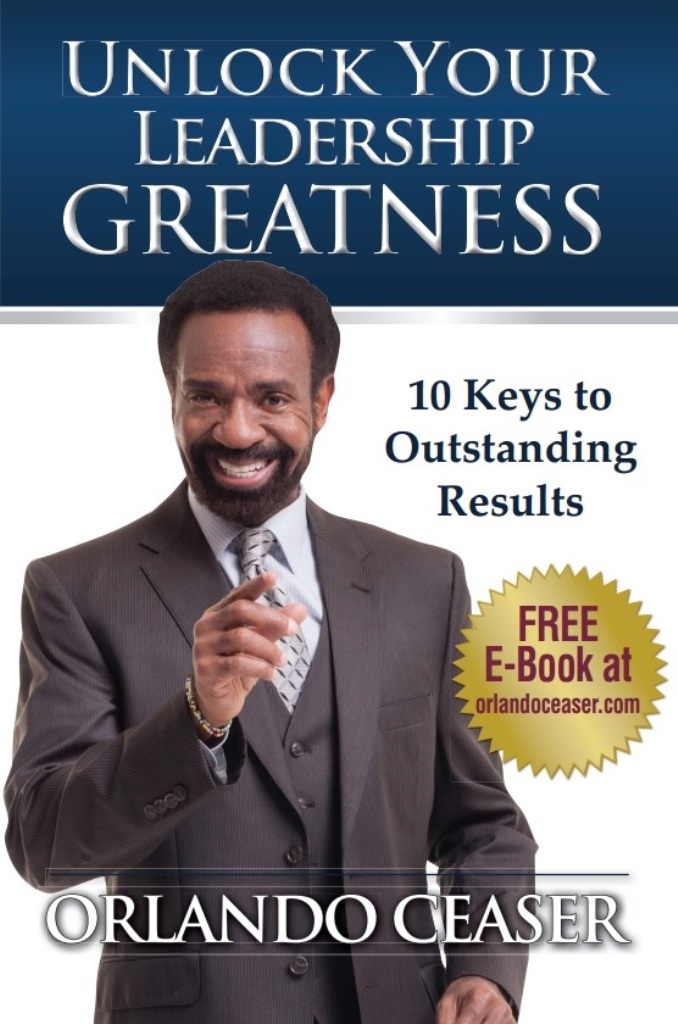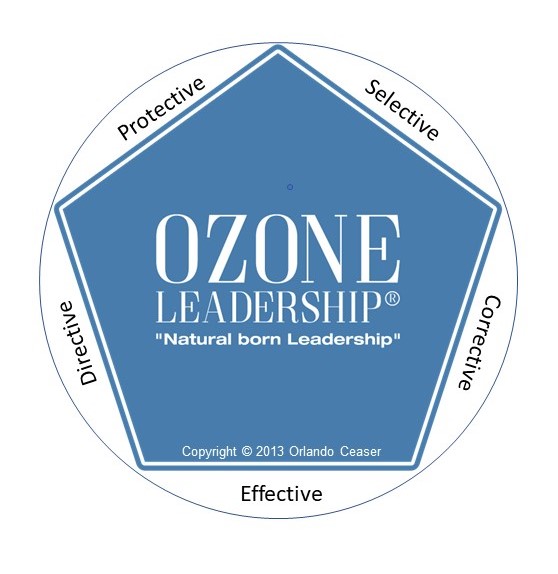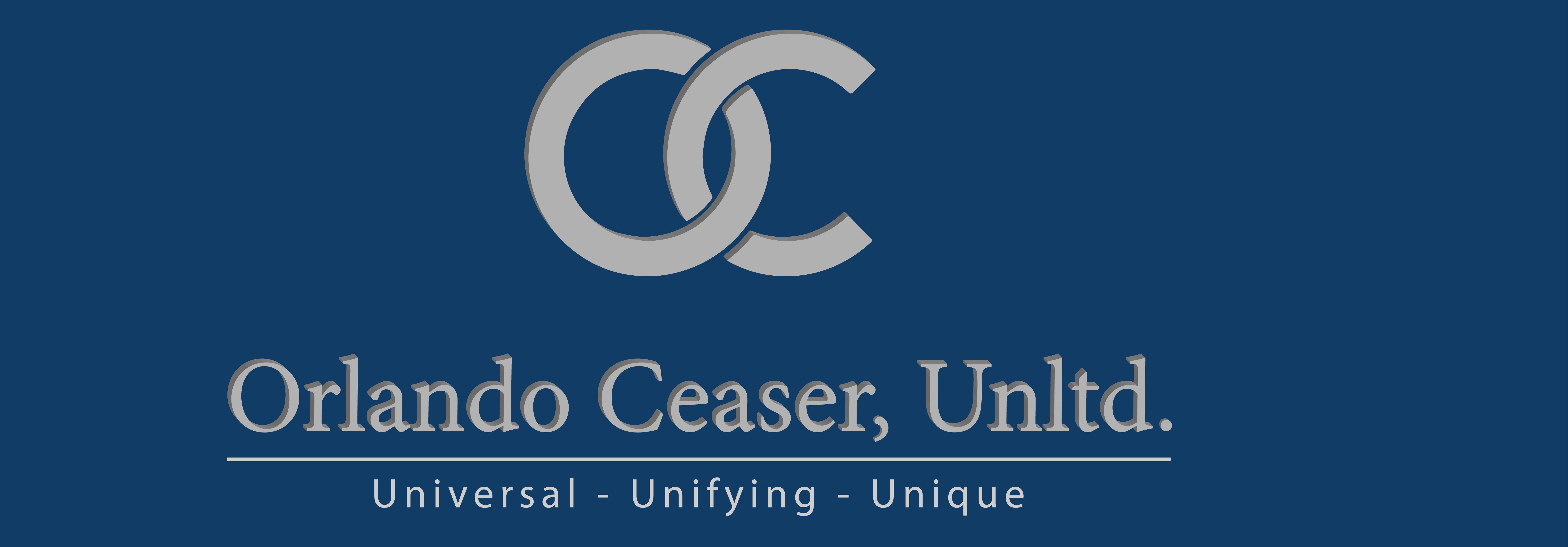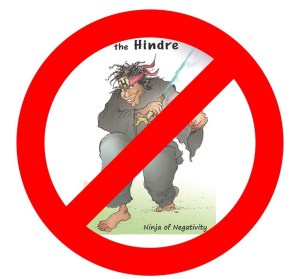The Literal Leader – 6 Steps to Authenticity
I received a literal arts education from a liberal arts university. My coursework was well-rounded and included biology, chemistry, physics, and mathematics. I was schooled in the scientific method, with an emphasis on evidence-based decision-making. My communications classes taught me that clear messaging is important, and the value of unambiguous thought and speech. This mindset put me on the road of life to adopt a “what you see is what you get” leadership style. Literal leadership promotes straightforward and predictable behavior.
Literal leadership is not based on interpretation, translation, or guessing the leader’s intent or expectations. There are at least six guiding principles for authentic communication, leadership, and team effectiveness. They are as follows;
- Clarity
- Charity
- Regularity
- Parity
- Hilarity
- Solidarity
Literal leadership categories set the stage for transparency, authenticity, trust, and credibility.
Clarity
The Literal Leader provides clarity of vision, expectations, mission, goals, and feedback. They have a reputation for telling it as it is. They know that they stand for truth and development. They think about their words and search for a clear message. If they can think of two meanings to a request/command, they will rewrite or rethink it to search for one unambiguous message.
The Literal Leader also provides as much information as possible, to increase their followers’ understanding of their decision-making process. It would be malpractice to shield your team from information that could stimulate their growth and broaden their understanding. People know where they stand, even if it’s in quicksand. There is no speculation about expectations, with the Literal Leader.
Charity
The Literal Leader is kind, giving, and forgiving. They use empathy as part of their repertoire of requisite skills. They are servant leaders. They emulate the generosity that flows from a service-oriented mentality. Leading by example and being a positive role model is evidence of their servant leadership mentality. The Literal Leader is sharing, caring, and thriving by using their exposure, experience, and expertise to benefit others. It is within their very own to assist others in their development.
Regularity
The Literal Leader is the hallmark of consistency. When you need guidance, you can count on them to be dependable and predictable. Teams feel comfortable around them. There is only necessary drama. The Literal Leader has their back and will support them in everyday activities and planning their careers. The Literal Leader can be counted on to deliver according to their words and promises. They are predictable and will act on cue to retain the results consistent with your expectations. People can predict their actions and behavior, which makes them feel safe.
Parity
Parity in a high-performing team is the goal of a Literal Leader. Parity is where everyone exudes excellence and the average is synonymous with greatness. Bill Hybels, a famous author, and church leader, used to say that the speed of the leader determines the speed of the team. The Literal Leader knows that when everyone achieves an all-star level of development and execution, everybody wins.
The Literal Leader believes in celebrating difference through diversity, equity, and inclusion. They make people feel they belong. This also creates an environment for maximum productivity. They support equity and equality in the workplace. Parity speaks to treating people fairly with access to opportunity. They must exhibit competence, regardless of their gender and other distinctions. The Literal Leader knows the dangers of favoritism, nepotism, special treatment, and other behaviors denigrating morale and teamwork. Therefore, parity is linked with treaty personalities with equal respect to satisfy their needs.
Hilarity
There is a misunderstanding that it is inappropriate to have fun at work. Humor, in certain settings, is frowned upon as unprofessional. A manager told a story about his boss, who made the following statement; ‘judging from the laughter in the room when I arrived, I am convinced that the atmosphere was not professional.” He did not see the connection between laughter and leadership.
The Literal Leader knows that work can be stressful but finds ways to make it fun. They will mingle levity and pace, to create a healthy rhythm in the workplace. The Literal Leader can make work meaningful and enjoyable. People enjoy their jobs because they are in the right job that allows them to develop their skills and helps them consistently use their gifts. The environment is there for them. The Literal Leader knows the coordinates of their subordinates, so they can meet them where they are. They know that if it’s not fun it’s not fair. And if it is not fair it’s up to individuals to provide input and suggestions to make a change. Many employees work together and play together. A Gallup survey showed that one of the variables for engagement and retention was to have a best friend at work. A best friend is someone you can laugh with and provide levity to lighten the workload. They can be developed and found in the workplace.
The Literal Leader may be seen as a tough-minded leader with lofty standards. They may be described as firm, but fair, but they know how to have fun. The Literal Leader may approve team activities during and after work to allow people to get to know each other and to lighten the work atmosphere.
Solidarity
Solidarity is the glue that keeps the team together; where everyone works together for the sake of the group. It results from talented people, who receive feedback that reinforces their value to the organization and the team. People ask themselves the following question; Are my actions in alignment with the goals of my assigned responsibilities? They work as a team, with common interests, which grows commitment to a greater cause. This has a spillover effect as everyone wants everyone to succeed. It reminds me of the Three Musketeers and their chant of “all for one and one for all.”
Many colleges pride themselves in offering you a liberal arts education, not realizing that there is a literal arts component. Their coursework and environment create a foundation for the growth of Literal Leadership. Students inculcate these values not realizing that it is teaching them to think with clarity, charity, regularity, parity, hilarity, and solidarity. They are consciously and unconsciously on their way to developing the leadership profile of a Literal Leader.
Copyright © 2023 Orlando Ceaser















